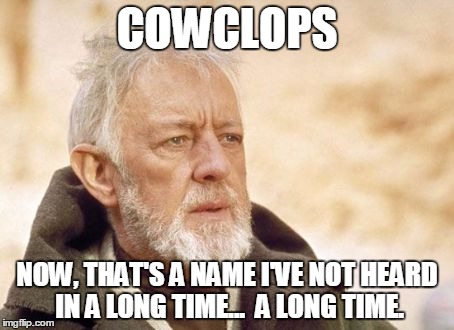Many viewers, thinking in terms of the fuzzy blow-ups usually obtained in enlarging from 16mm to 35mm, are amazed at the sharpness of the result in print-up from 35mm to 70mm. However, the physical equations involved are vastly different. The Panavision 35mm negative encompasses, with the exception of the sound track strip, the total area of the frame (as opposed to the much smaller “Academy aperture” frame). This means that in anamorphic 35mm photography the negative area used is 63% greater than for normal 1.85 aspect ratio photography, but when enlarged 2 1/4 times in the unsqueezing and enlargement phases during print-up - the final result is projected onto a screen only 25% larger than that which the 35mm print is meant to fill. This, of course, results in a much sharper screen image in proportion to the area of the positive frame - and infinitely greater resolution than is possible in blow-ups from 16mm to 35mm.
A comparison of technical data indicates why any picture shot in Panavision 35 can be successfully printed up, even though such print-up was not considered during filming. The full aspect ratio of Panavision 35 is 2.35, whereas the full aspect ratio of the 70mm print-up is 2.2. The height which is always the critical dimension -is the same, but there is a difference in width of 1.5 over all. Divided by two, with half on one side and half on the other. there is a cut-off on each side of .075 - a loss so infinitesimal that it cannot be noticed by the average viewer. This means that the director, during shooting, need not worry about losing part of his composition in the conversion.
The producer need not decide in advance whether or not he will want a print-up to 70mm at a later date. He simply shoots in Panavision 35, then, after the picture is completed and he has looked at his 35mm answer print, he may find that he has turned out something rather special and that it warrants roadshowing in 70mm-in which case, he calls the laboratory and orders the 70mm prints he needs. This is exactly what happened in the case of M-G-M’s new musical, “The Unsinkable Molly Brown,” which was filmed in Panavision 35 with no thought of a 70mm release, but which turned out so well that print-ups have been ordered for its premiere engagements.
The new process is expected to be a boon to drive-in theater operators, who have always been plagued by the fact that they must wait until quite late in the evening to begin their showings in order that the picture might show up on the screen. Because 70mm projectors use long focal length lenses with extremely wide apertures, a great deal more light reaches the screen (17 foot lamberts as contrasted to the 2 footlamberts produced by 35mm projectors in the average drive-in theater). This enables the drive-in theater owner to present a picture that is as clear and brilliant as any shown in a “hardtop” theater and to start his shows much earlier in the evening without worrying about whether his audience will be able to see the picture. In economic terms, it simply means that he will be able to present two shows each night instead of only one.
There are a few minor drawbacks to the new process. For one thing, the 70mm prints are considerably more expensive than 35mm prints but this is offset by the fact that the 70mm prints, because of the wider film, new projectors and more careful handling in the large format–last infinitely longer than 35mm prints. It is not unusual for one print to be used in daily showings at the same theater for an entire year, after which it is carefully cleaned and sent on for continuing runs in other situations.
Also, while the new Eastman color negative stock is almost grainless, there is a difference in grain between a print-up and a 70mm print made from a 65mm negative - a difference that would only be apparent to the average viewer if the two were projected side by side on a large screen for comparison.
Because the print-up is an optical, rather than a contact printing process, there is some slight build-up in contrast with a corresponding slight loss in tonal range-but here, again, the difference is one that normally is obvious only to film industry technicians. Gottschalk points out that the print-up process is not meant to replace Super Panavision or Ultra Panavision (slight anamorphic squeeze processes), both of which involve photography on 65mm negative and are considered productive of the absolute ultimate in image sharpness and quality.
